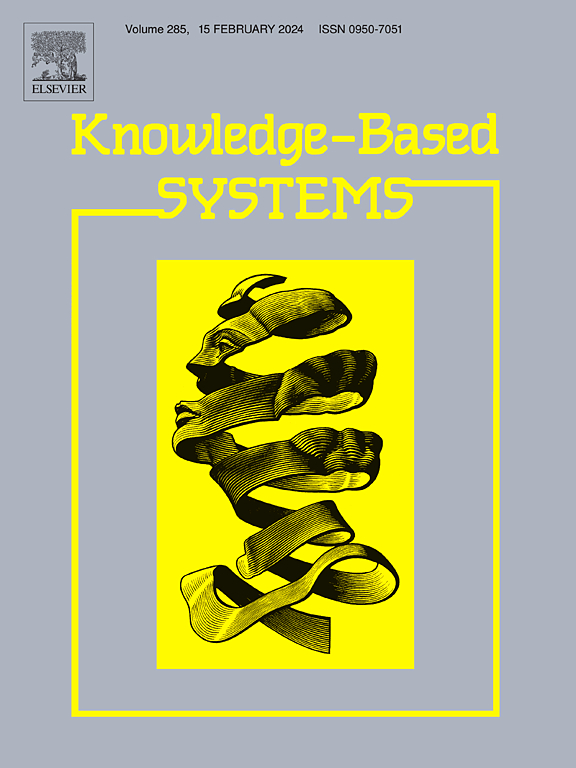Optimizing slogan classification in ubiquitous learning environment: A hierarchical multilabel approach with fuzzy neural networks
IF 7.2
1区 计算机科学
Q1 COMPUTER SCIENCE, ARTIFICIAL INTELLIGENCE
引用次数: 0
Abstract
Recent social-media analytics research has explored the complex domain of slogans and product or service endorsements, which present classification challenges in marketing, owing to their adaptability across different contexts. Existing research emphasizes flat-text classification, neglecting the nuanced hierarchical structure of English at the document and sentence levels. To overcome this gap, this study introduces a robust slogan identification and classification (RoICS) model within a ubiquitous-learning framework. It uses a new dataset that includes 6,909 ProText and 1,645 propaganda-text corpora (PTC) samples, encompassing both slogan and non-slogan labels. This model investigates the complex hierarchical multilabel structure of slogans using a granular computing–based deep-learning model and fine-grained structures. The proposed RoICS model achieved an accuracy of 84%, outperforming state-of-the-art models. We validated the utility of our contributions through a series of quantitative and qualitative experiments across various openness scenarios (25%, 50%, and 75%) using the ProText and PTC datasets. These findings not only refine our understanding of slogan detection, but also hold significant implications for information-systems researchers and practitioners, offering a potent tool for sentence-level ubiquitous-learning data analysis.
求助全文
约1分钟内获得全文
求助全文
来源期刊

Knowledge-Based Systems
工程技术-计算机:人工智能
CiteScore
14.80
自引率
12.50%
发文量
1245
审稿时长
7.8 months
期刊介绍:
Knowledge-Based Systems, an international and interdisciplinary journal in artificial intelligence, publishes original, innovative, and creative research results in the field. It focuses on knowledge-based and other artificial intelligence techniques-based systems. The journal aims to support human prediction and decision-making through data science and computation techniques, provide a balanced coverage of theory and practical study, and encourage the development and implementation of knowledge-based intelligence models, methods, systems, and software tools. Applications in business, government, education, engineering, and healthcare are emphasized.
 求助内容:
求助内容: 应助结果提醒方式:
应助结果提醒方式:


